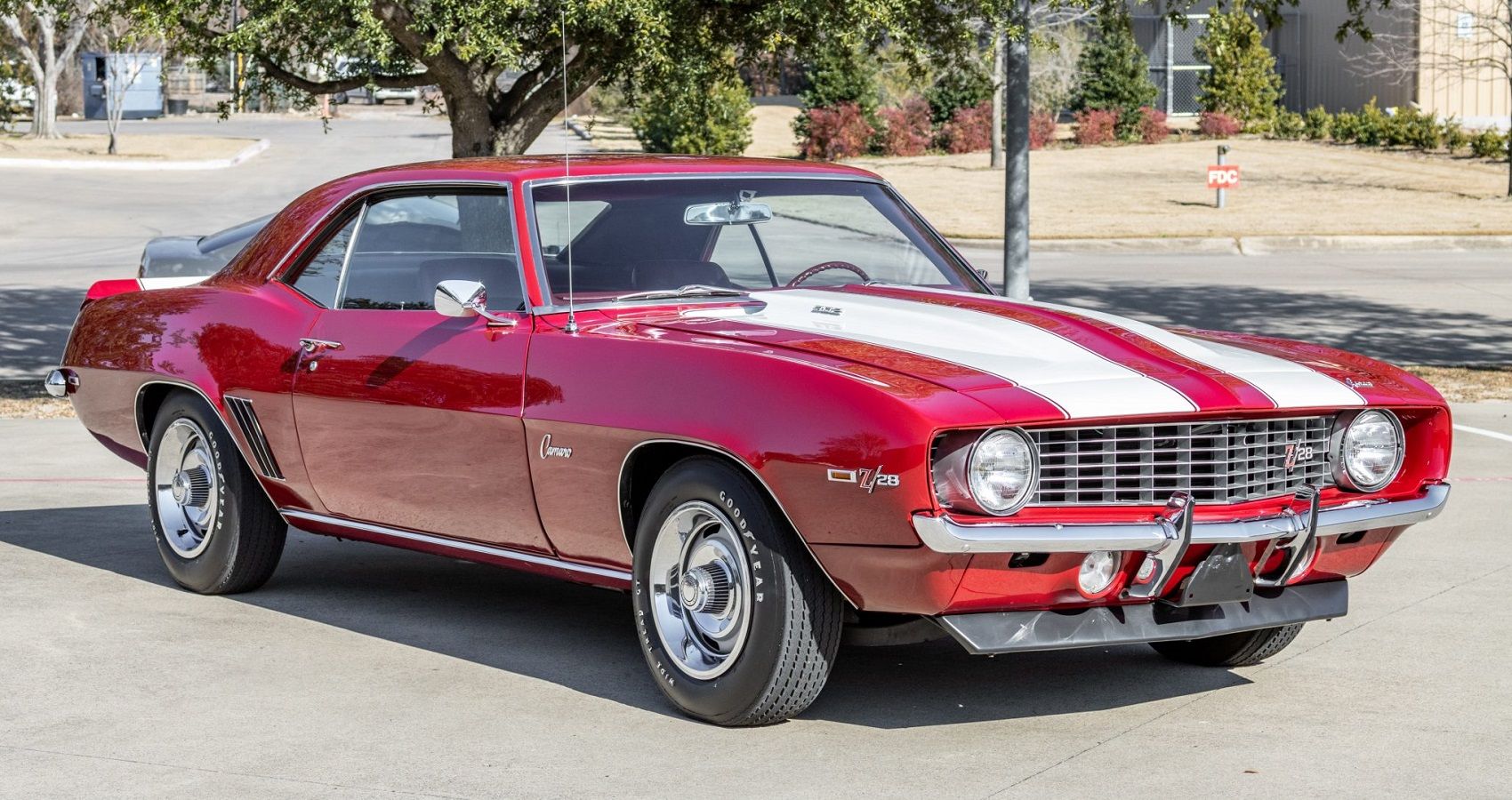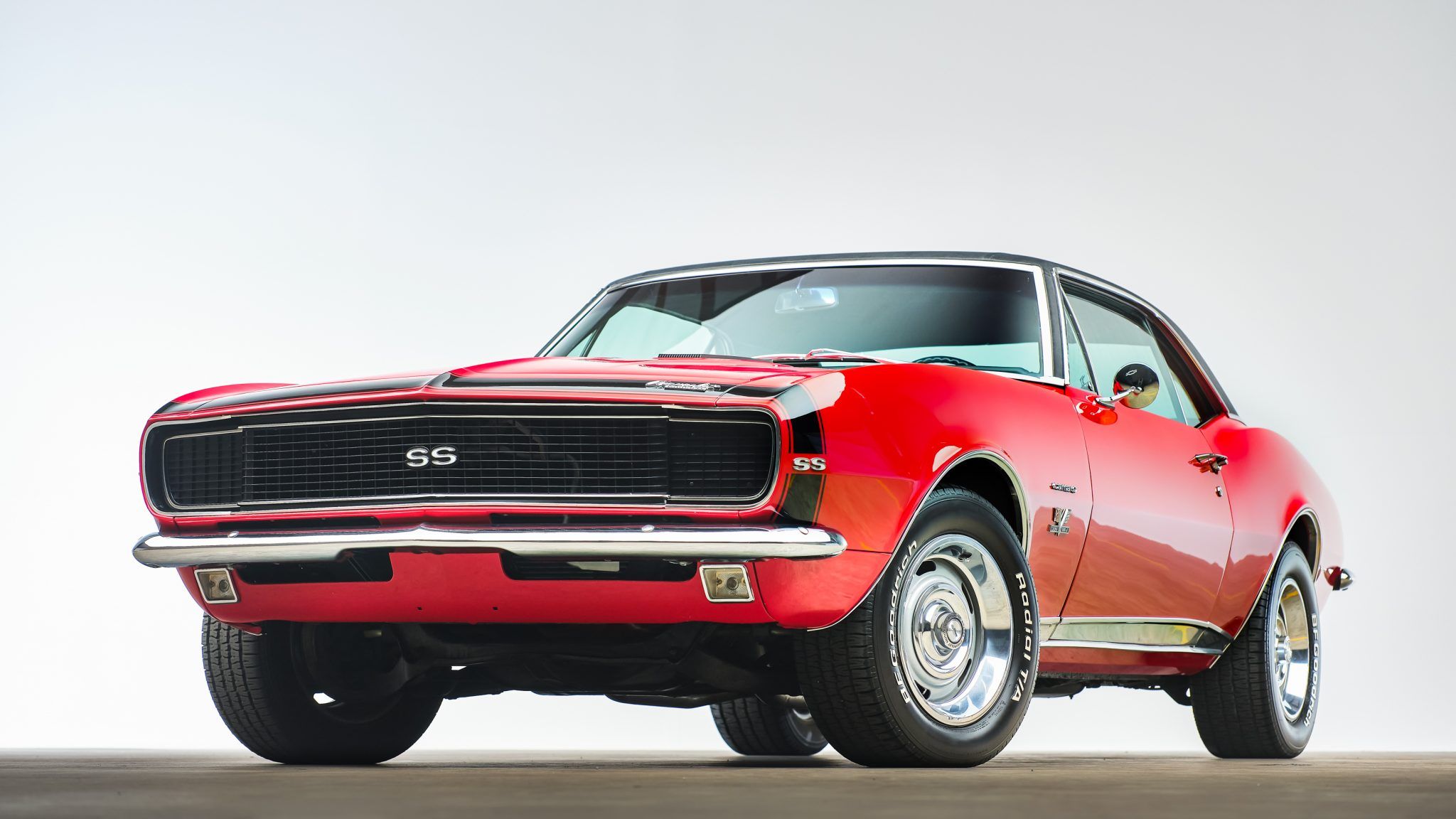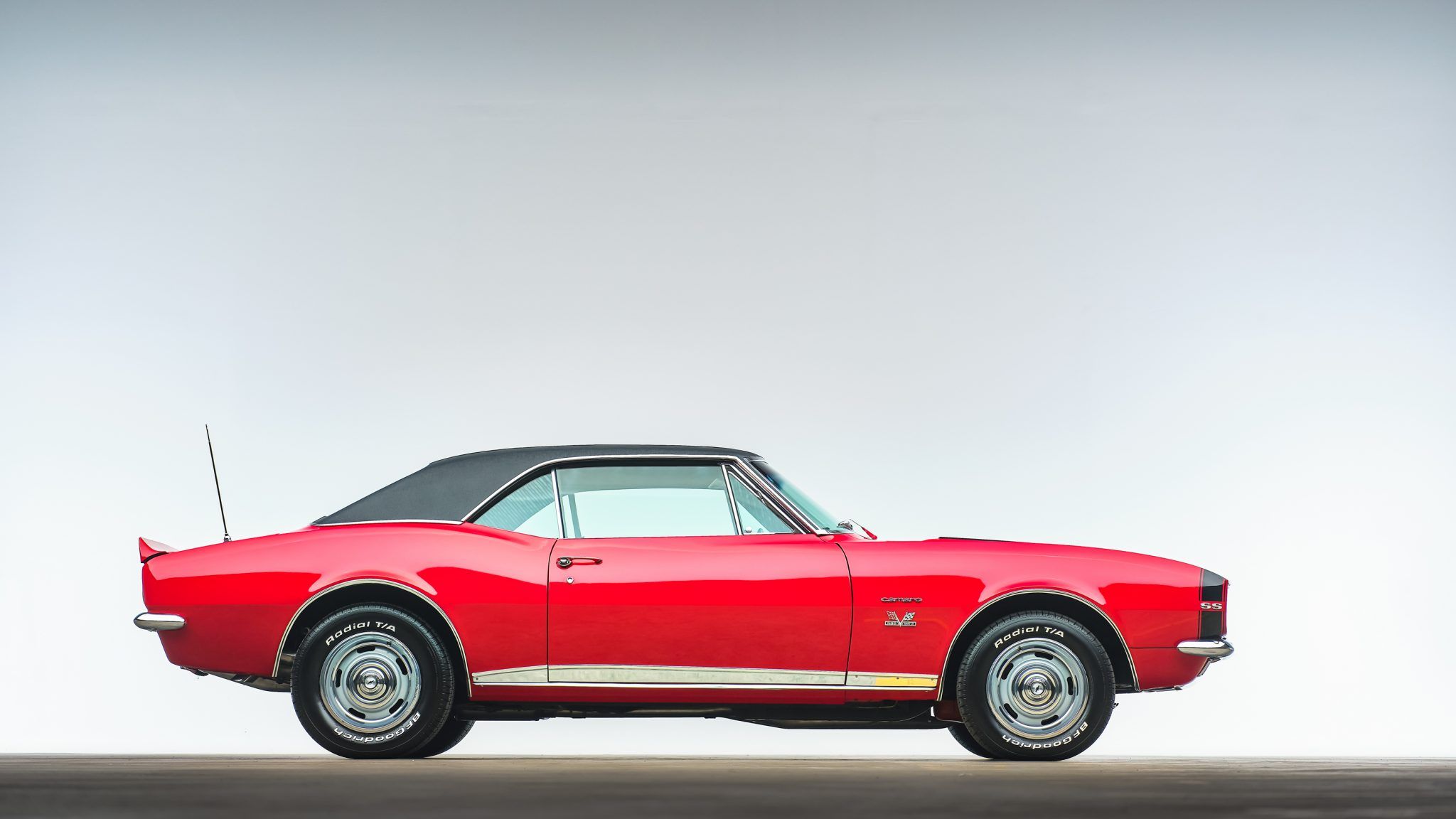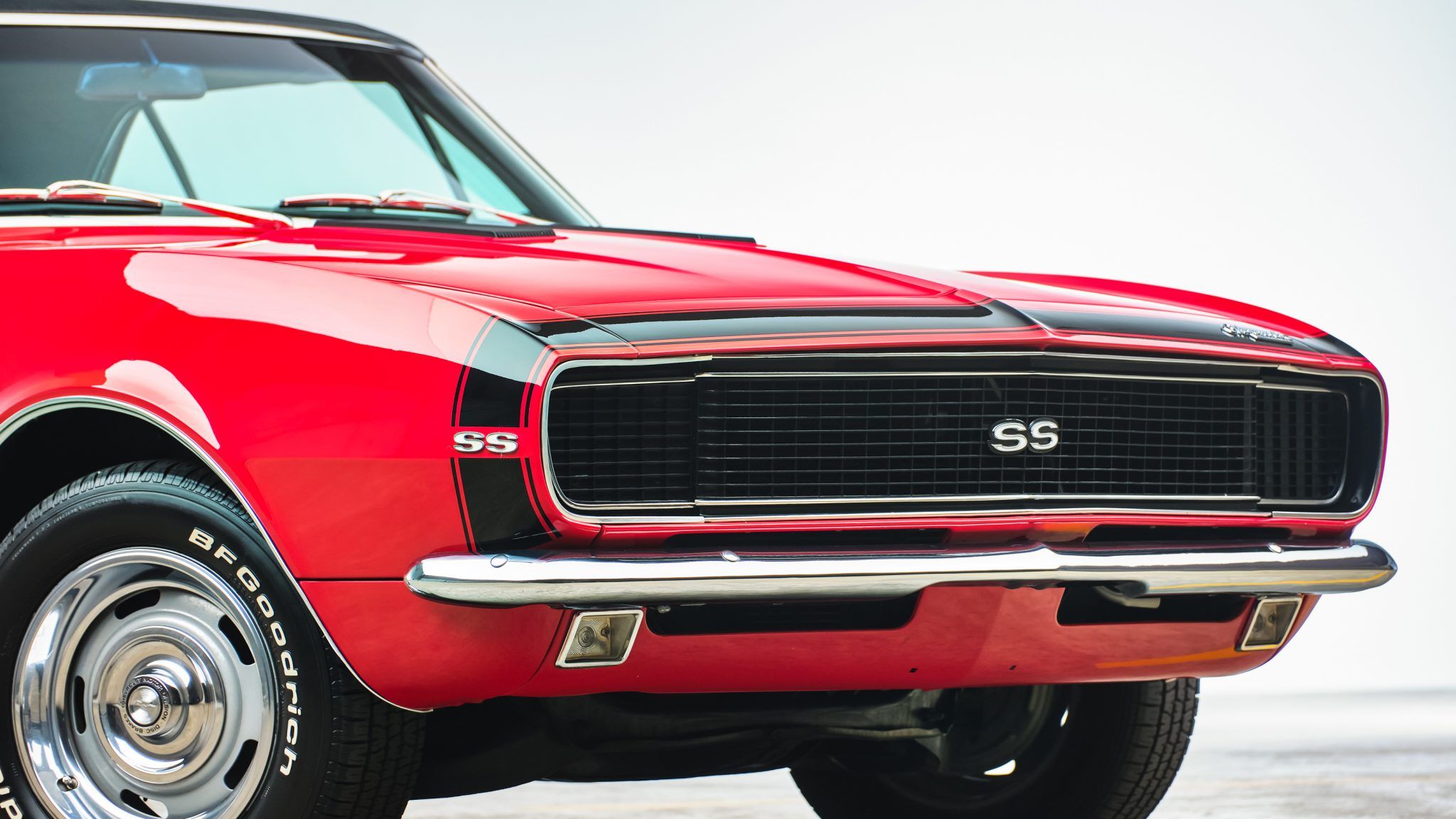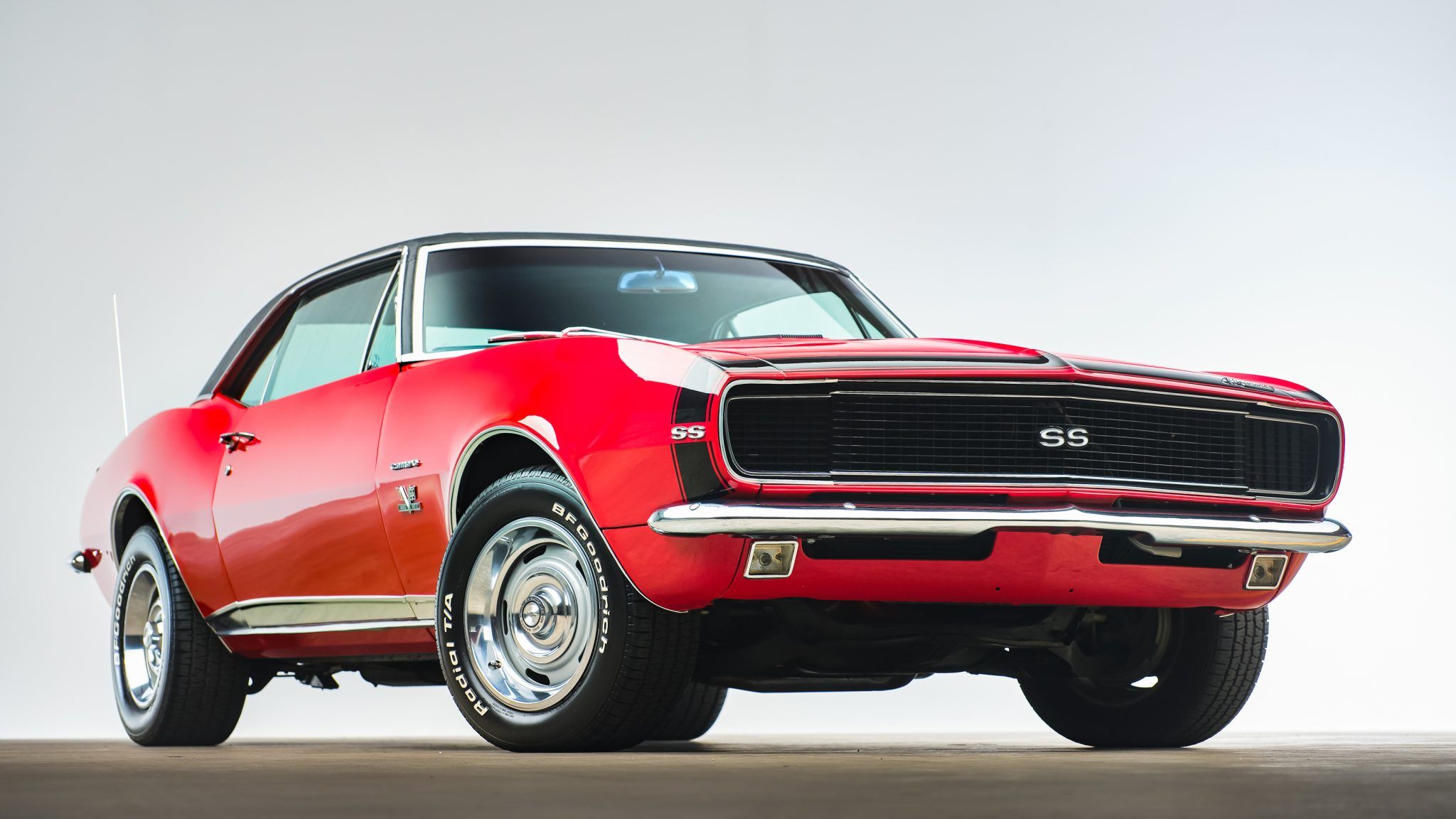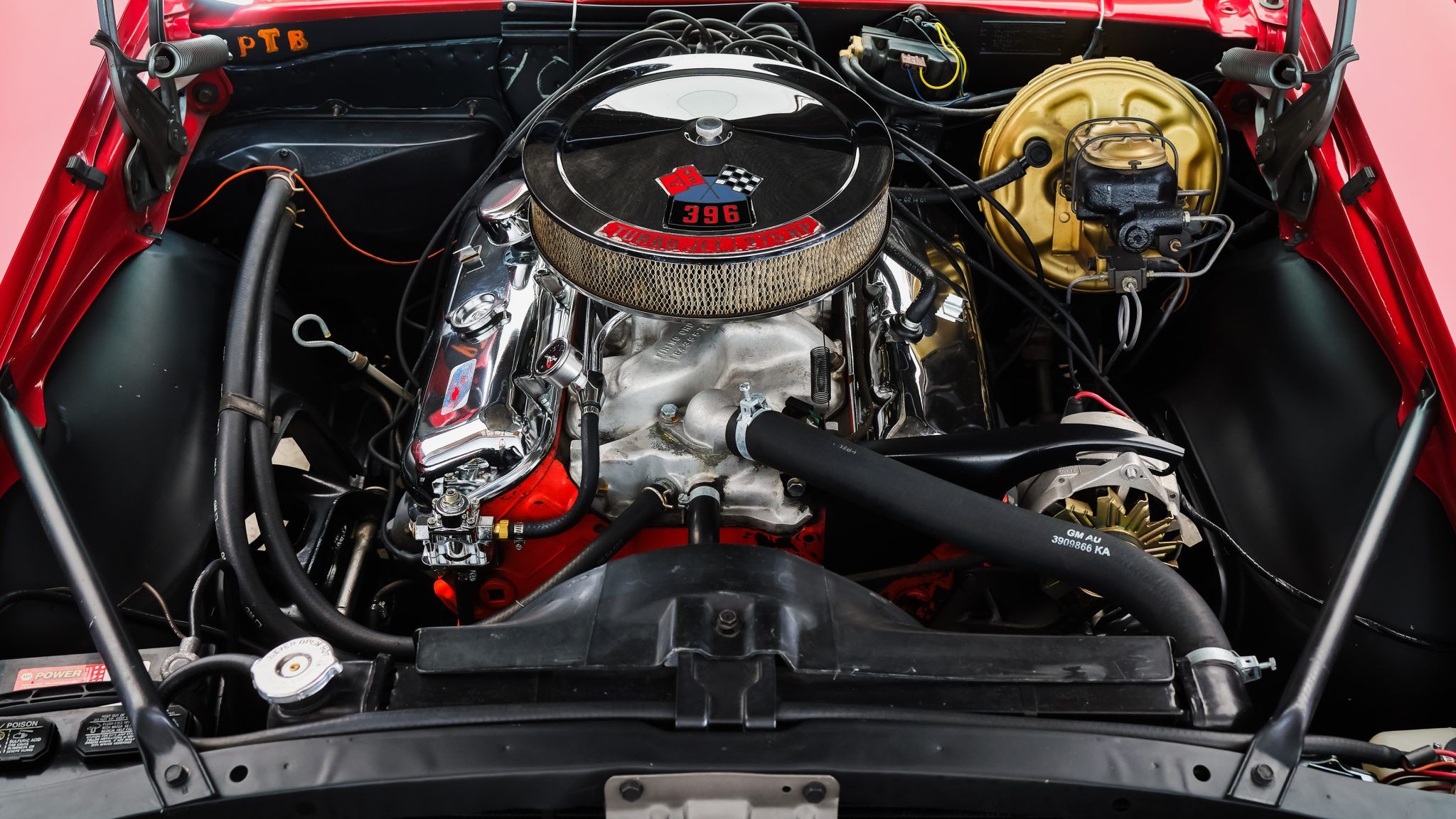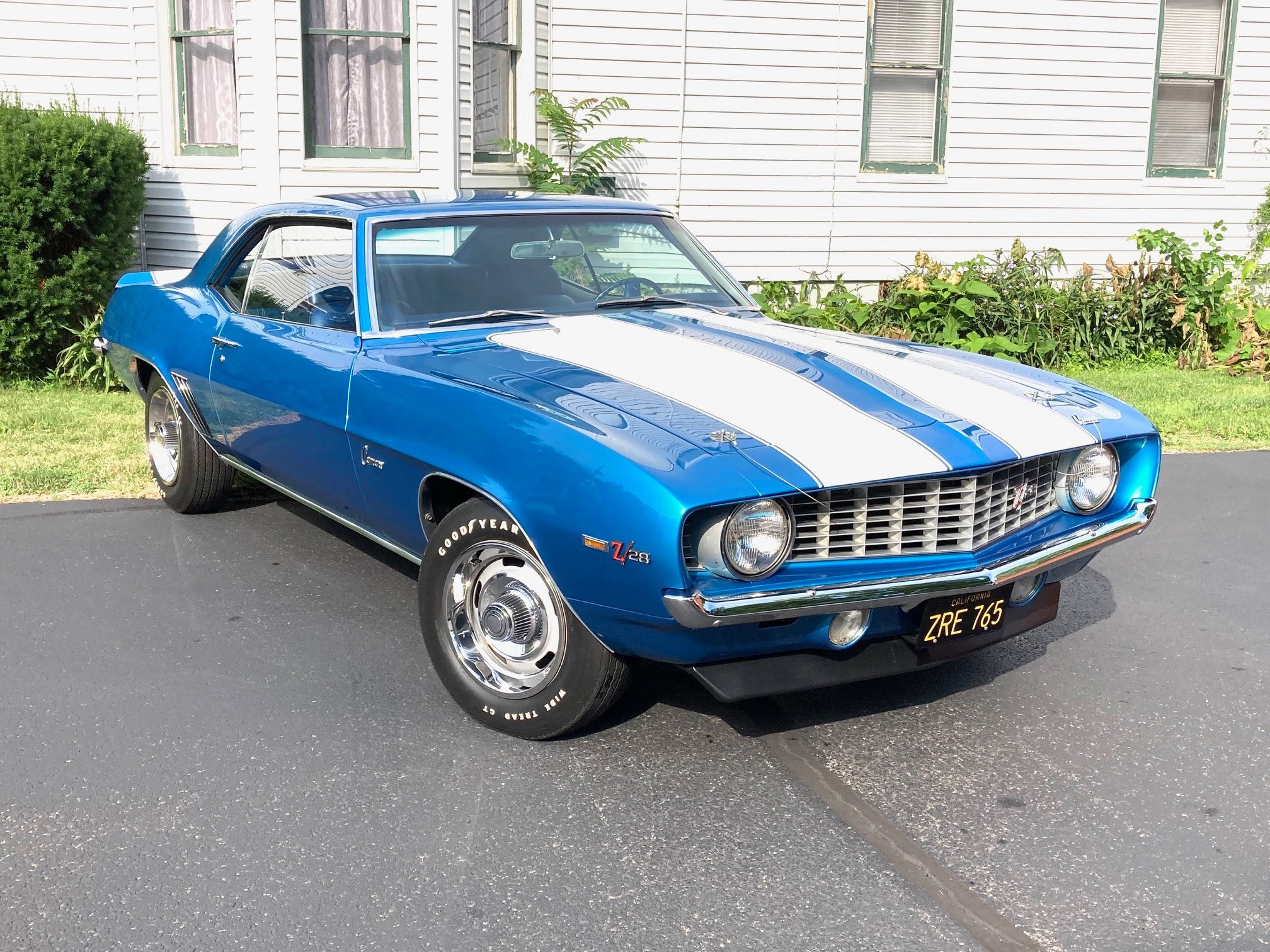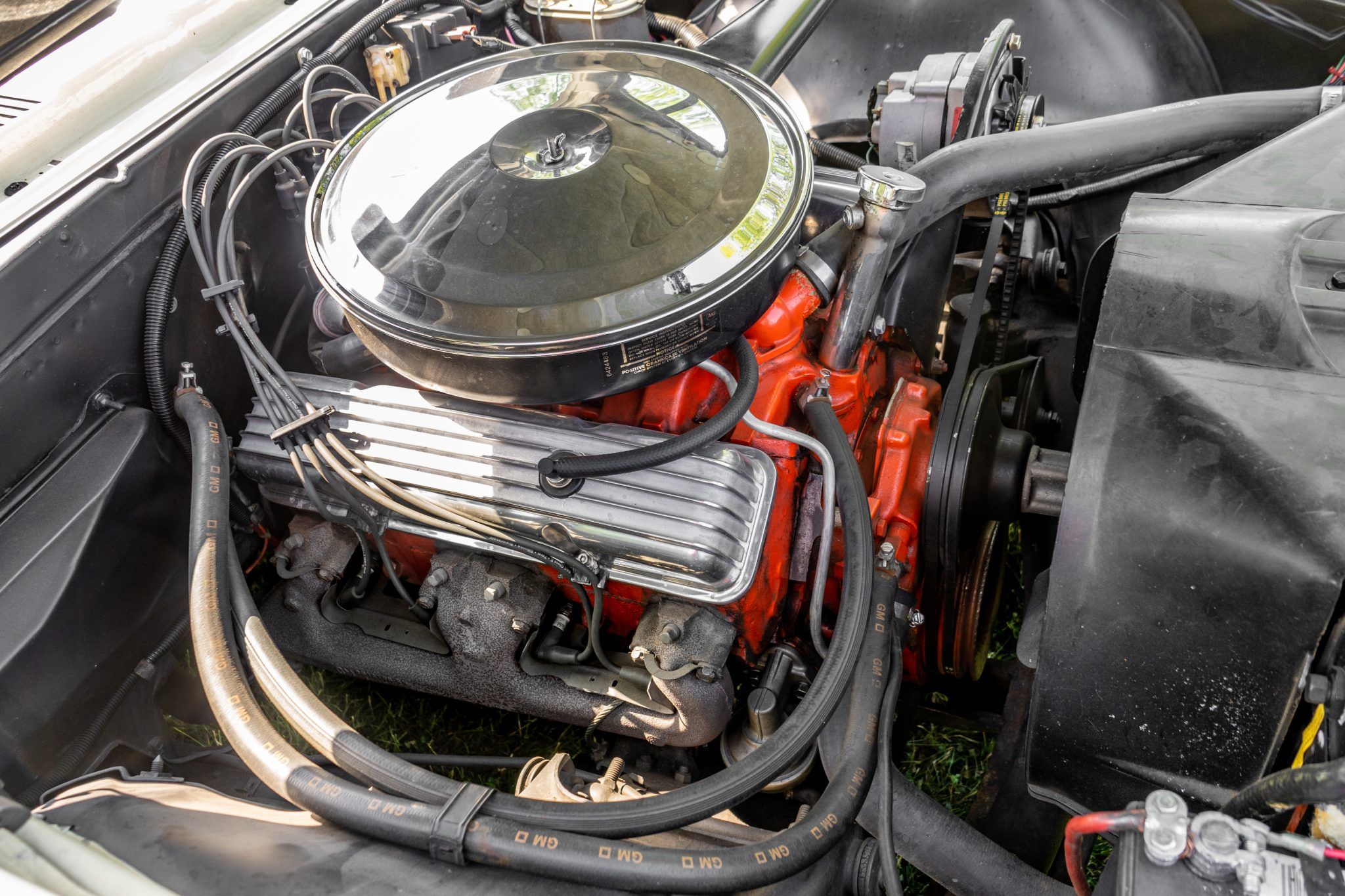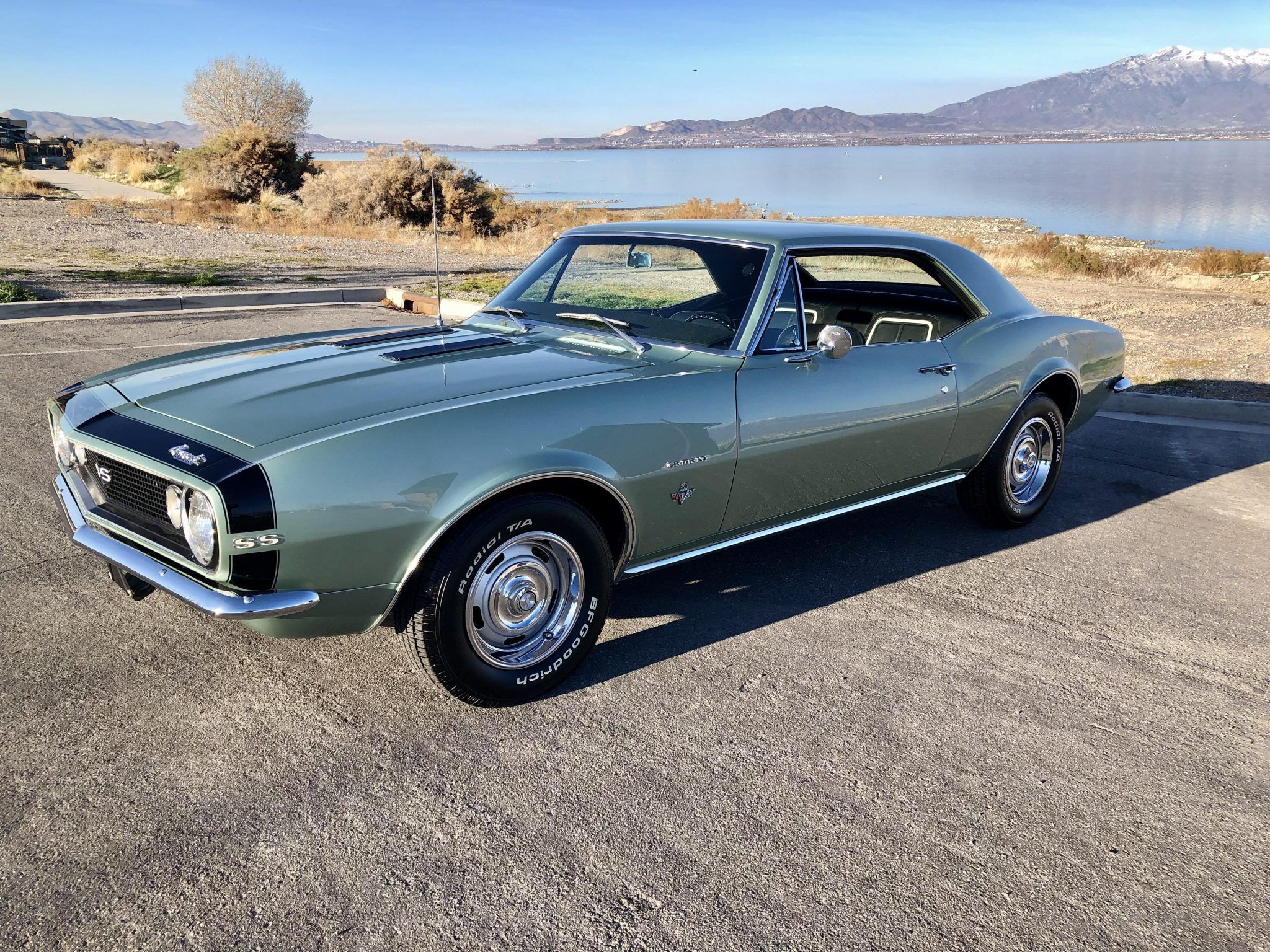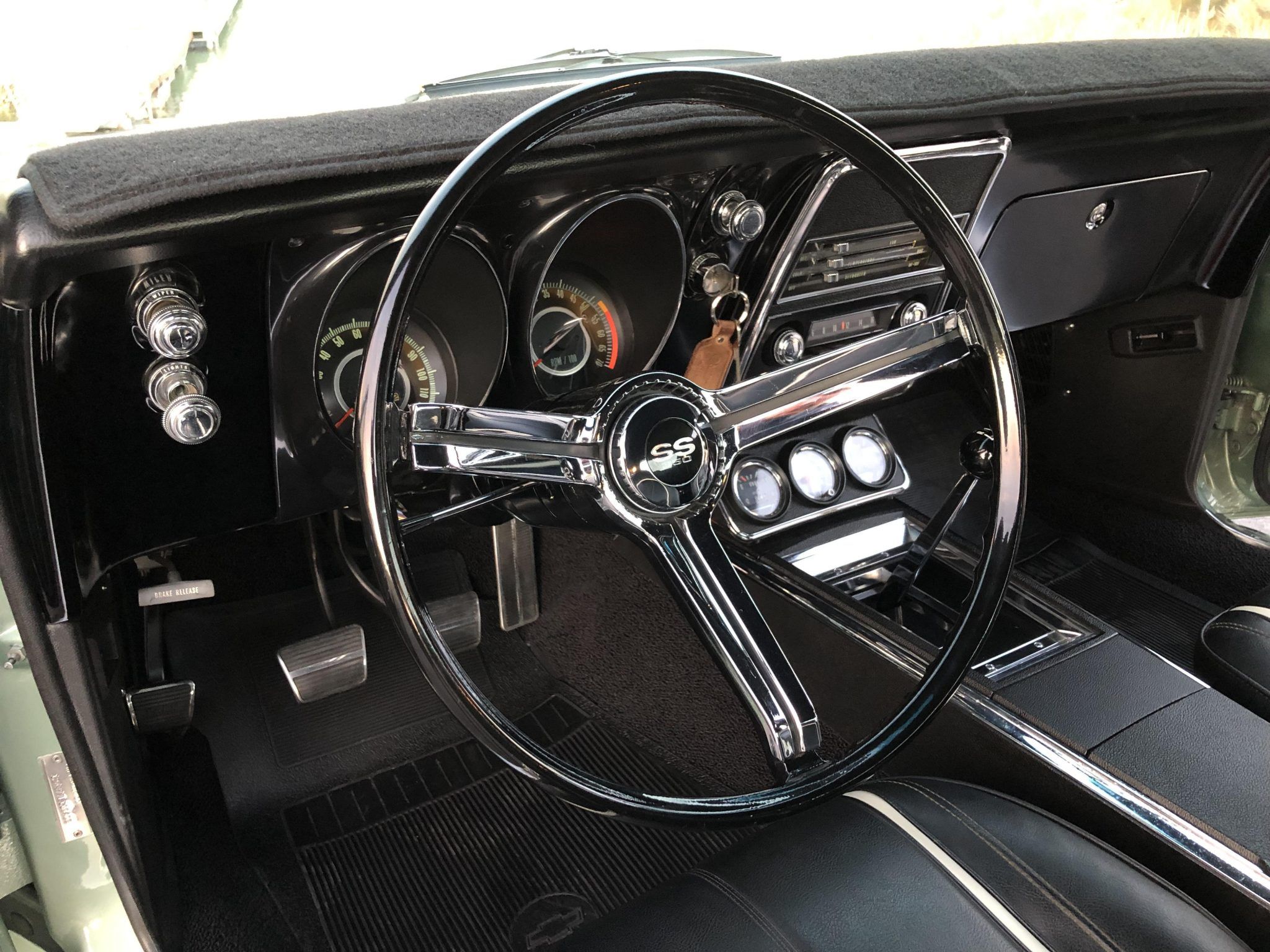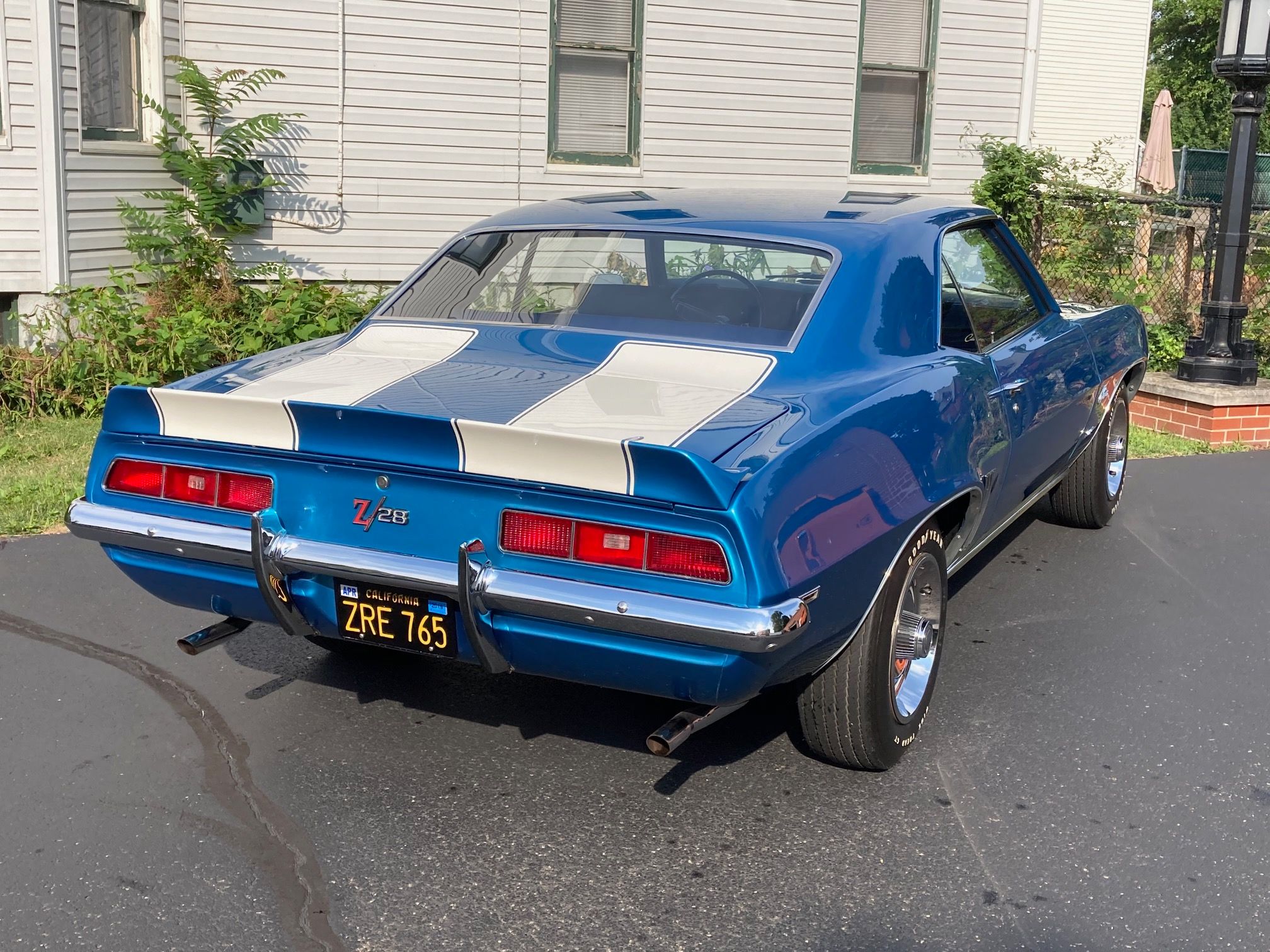Chevrolet introduced the Camaro in 1967 to rival the wildly successful Ford Mustang and, for over 50 years, has produced some of the best performing models to compete in the muscle car segment. Stiff competition from production machines such as the Pontiac GTO, Dodge Challenger, Dodge Charger, and Pontiac Trans Am. Even the '60s Corvette inspired the engineers at Chevrolet to maintain the Camaro's high level of performance and keep pace with the rapidly evolving market.
While every generation has its memorable version, many consider the first generation as the Golden Age of the Camaro. The first model was an instant hit, introducing a distinctive and attractive exterior styling that won the hearts of the American public. Most enthusiasts agree the Camaro has one of the greatest exterior designs in automobile history.
According to GM Authority, in 2011, the best sales year in the last decade, Chevrolet sold 88,249 Camaros in the U.S. But that figure pales in comparison to the 1967-1969 production of 842,731 Camaros, averaging a whopping 281,000 per year.
1967-1969 Chevrolet Camaro (First Generation)
- Unique body style
- Wide range of engine options
- Factory-built high-performance models
- Engine/Motor: 396ci, L72 COPO 427ci
- Horsepower: 380 hp, 425 hp
- Torque: 413 lb.-ft., 450 lb.-ft.
- Drivetrain: RWD
- Transmission: 3-speed or 4-speed (Z/28) manual, Powerglide 2-speed automatic
- Powerful V-8 engines: 302, 327, 350, 396, and 427
- Abundance of models available for collectors
- Plentiful aftermarket parts
- Prone to rust from inferior metallurgy and metal-prep
- Cabin suffers from squeaks and vibrations
First-Generation Camaro Body Trims
The 1967-1969 Camaro came only in a 2-door coupe or convertible configuration and three body trims: the base model, Rally Sport, and the SuperSport (SS). The Z28 competed with the Mustang in the Trans-Am road-racing series, and Chevrolet sold the high-performance trim to the public even though the car was not advertised or mentioned in Chevrolet sales literature.
The F-Car Platform Offered Powertrain Flexibility
Chevrolet built the first-generation Camaros on the rear-wheel-drive "F-car" platform, a design that featured several benefits: the engine bay accommodated a variety of engine sizes, a smoother and quieter ride than a full unibody frame, a roomier cabin, and more luggage space.
GM offered power options with an appeal to every type of buyer from an entry-level 6-cylinder to high-performance V-8 engines.
The base model sport coupe and convertible trims featured a 140 hp 230ci (3.8 L) and the 155 hp 250ci (4.1 L) inline-six engines, or two V-8s: the 210 or 275 hp 327ci (5.4 L), and the 200 hp 307ci (5.0 L). The Z/28 was available only with the 302ci mill producing 290 hp.
The three 1967 Super Sport trim options featured a 350ci, a 396ci 325 hp, and a big block 396ci with a GM rating of 375 hp. The big block is nearly the same engine as the Mark IV L78 rated at 425 hp used in the 1965 Corvette. Rumor has it that GM underrated the Camaro engine to create a perceived distinction between the Pony/Muscle car and its high-performance Corvette sports car.
The 1968 model year saw the addition of a 350-hp 396ci and the L89 396ci, with aluminum heads, and in 1969, Chevrolet replaced the base 327 V-8 with the 307ci engine.
Although few knew of the process, potential buyers ordered the 427ci engines for installation at the factory in Camaros, Chevelles, and Novas via Chevrolet's Central Office Production Order (COPO) system. The two best performing Camaro engines made during the first-generation years were the 425 hp L72 COPO 427ci and the renowned 430 hp ZL-1 with aluminum block and heads, designed for Corvettes and drag racing.
All first-generation Camaro trims came with either a 3-speed manual or the optional Powerglide, RPO M35 2-speed automatic transmission, except for the Z/28, offered only with a four-speed manual and the SS396 (manual only).
The Camaro SS 396 Performance Star
The performance star of the 1967-1969 Camaros was the SS 396 generating an impressive 380 hp and 413 lb.-ft. of torque from its V-8 engine. On the track, the Camaro SS 396 would blow by a Z/28 while accelerating from 0 to 60 mph in mere 5.6 seconds on its way to a top speed of 140 mph.
However, the 1969 ZL-1 Camaro, intended for drag racing, sits at the top of the first-generation acceleration performance ranking. Today, the ZL-1 is among the most collectible models due to its limited production (only 69 built) and excellent acceleration reaching 60 mph in just a tick over five seconds.
Like most muscle car manufacturers of the era, Chevrolet gave priority to the straight-line performance of the 1967-1969 Camaro with much less attention paid to cornering and handling.
The mono-leaf rear suspension on six-cylinder and base-level V-8 Camaros demonstrated a tendency for wheel hop or axle wind-up. Chevrolet added a radius rod to the rear midway through 1967 that functioned like an aftermarket traction bar to help correct the problem. The SS package featured multi-leaf springs and stiffer shocks.
No Frills Interior
For the last year of the first-generation Camaro, Chevrolet offered three interior trim levels: a standard interior, the RPO Z23 special interior trim, and the RPO Z87 top-line custom interior.
The standard interior featured all-vinyl bucket seats and vinyl-covered door panels. An upgrade to the Z23 Custom interior added a wood-accented steering wheel and a passenger grab bar, while the top-of-the-line Z87 Custom interior included integral armrests, upscale controls, woodgrain accents, and optional houndstooth fabric seat inserts.
All Camaros came with bucket seats only (no bench seat). Head supports became standard equipment in 1969 as required by federal safety standards.
A First-Generation Camaro For Every Budget
With over 840,000 Camaros produced from 1967 to 1969, today's used market offers plenty of ownership opportunities for the Camaro enthusiast.
Today, the convertible sells at the low end for around $12,000 and at the high end for about $60,000 with an average of $32,000. Current Camaro RS prices vary from $45,000 to over $100,000, and at a recent auction, a 1967 Chevrolet Camaro SS 350 4-Speed sold for $76,500.
The 1969 Chevrolet COPO Camaro 2 Door Coupe (427) selling price averages $179,100 with a low of $106,600 and a high of $288,500.

